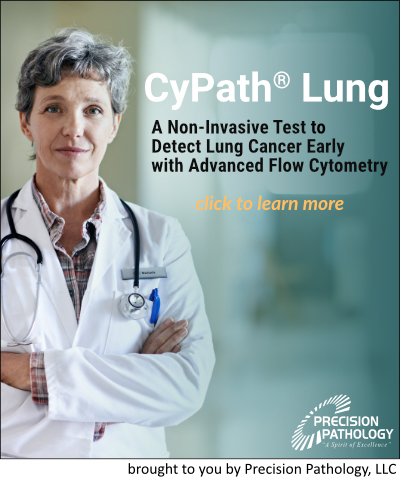NOVEMBER 23, 2020
By: Maria Zannes, HealthcareNOW Radio
My father was 39 when he died of lung cancer, attributed to his twenty-year Lucky Strikes habit. The U.S. Surgeon General had yet to issue his first report on the health hazards of smoking in 1960 when my father was diagnosed. A merciless cough sent him to the doctor. A simple X-ray showed “spots” on his lung. More imaging and biopsies confirmed Stage IV lung cancer. In the early 1960’s, ads of handsome football stars extolled the virtue of my father’s cigarette of choice.
The world has learned far more about the hazards of cigarette smoking since my father’s time. Nine out of 10 lung cancer deaths are attributable to smoking, but cancer is not smoking’s only disease. The habit causes nearly one in five U.S. deaths, according to the Center for Disease Control. Eight out of 10 deaths from chronic obstructive pulmonary disease (COPD) are tied to smoking. Every disease is worsened by cigarette smoking.
Why smoke? I can attest that the first puff is easy, but quitting is damn hard. A family history of lung cancer did not stop me from starting in my teens and smoking into my forties. Many dozen attempts to quit failed miserably. Eventually, a caring (and determined) physician helped, as well as the stares from my then five-year-old son watching from the kitchen window as I smoked in the backyard. Twenty years after my last cigarette, I still remember the insatiable craving for one last puff.
Ending your smoking career cuts your risk of developing lung cancer and other diseases, but it is not the only essential step to living a longer and healthier life. Lung cancer screening can dramatically lower the death rate compared to screening with X-ray – the imaging method that caught my father’s late  stage cancer. Screening with low dose computed tomography (LDCT) – CT imaging using a lower dose of radiation – is recommended annually for people aged 55-80 who have smoked the equivalent of one pack of cigarettes a day for 30 years or more and have not quit in the past 15 years. The National Lung Cancer Screening Trial (NLCST) of more than 53,000 participants showed a 20% decrease in lung cancer-specific mortality with LDCT screening.
stage cancer. Screening with low dose computed tomography (LDCT) – CT imaging using a lower dose of radiation – is recommended annually for people aged 55-80 who have smoked the equivalent of one pack of cigarettes a day for 30 years or more and have not quit in the past 15 years. The National Lung Cancer Screening Trial (NLCST) of more than 53,000 participants showed a 20% decrease in lung cancer-specific mortality with LDCT screening.
The 1964 U.S. Surgeon General report was the first step to lowering smoking rates and educating us of smoking’s ills. Aggressive programs to stop smoking were a next step, and they are working. Cigarette smoking today has reached an all-time low. About two-thirds less people, on a per capita basis, smoke now as compared to my father’s time. Still, we need to do more. Nearly 1 in 7 U.S. adults still smoke cigarettes.
We also need to do more – much more – to increase screening for lung cancer. We must embrace this important step with the same fervor as we have smoking cessation and encourage patients at high risk to screen for lung cancer. Despite the potential for dramatically increasing survival, less than 5% of high-risk smokers are now screened. More alarming, lung cancer screening is reportedly down 56% during the pandemic from this already low rate. LDCT can catch lung cancer at early stage when treatments are more effective and less caustic. Yet nearly 60% of lung cancer is still caught late stage, leading to a low 20.5% overall 5-year survival rate.
November is Lung Cancer Awareness month. It is a time to consider how far we have come and how far we must go. Consider this. If nobody smoked, one of every three cancer deaths in the United States would not happen, according to the CDC. If everyone at high risk for lung cancer were screened, close to 48,000 lives could be saved. One of those lives could be someone you know … or you.
Originally posted on HealthcareNOW Radio

